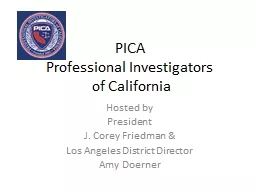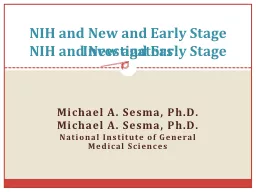PPT-Co-Principal Investigators
Author : phoebe-click | Published Date : 2017-03-30
Olivia Adamczyk Alexandra Anderson Isabella Diaz Nora Lee Aya Mtume Abigail Wall Elizabeth Wyshner Teacher Facilitators Maura Crowe Rebecca Van Ry Kent Place
Presentation Embed Code
Download Presentation
Download Presentation The PPT/PDF document "Co-Principal Investigators" is the property of its rightful owner. Permission is granted to download and print the materials on this website for personal, non-commercial use only, and to display it on your personal computer provided you do not modify the materials and that you retain all copyright notices contained in the materials. By downloading content from our website, you accept the terms of this agreement.
Co-Principal Investigators: Transcript
Download Rules Of Document
"Co-Principal Investigators"The content belongs to its owner. You may download and print it for personal use, without modification, and keep all copyright notices. By downloading, you agree to these terms.
Related Documents














